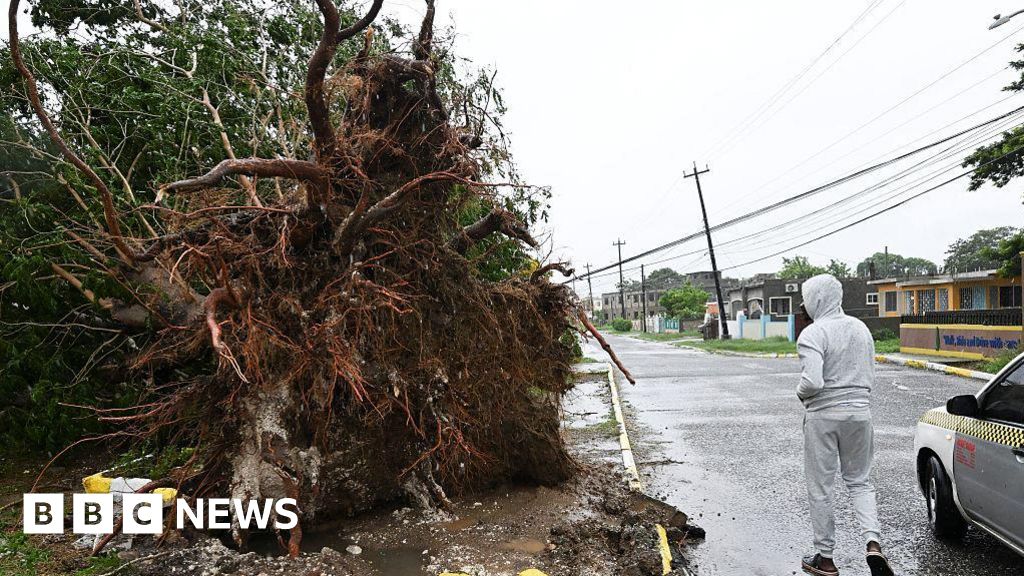Scientists have discovered that efforts to fix the ozone layer and save the planet over the last 40 years have actually backfired and are set to increase levels of global warming.
The ozone layer is a natural shield high in the sky that blocks dangerous ultraviolet rays from the sun from reaching us.
Chemicals from spray cans and old refrigerators were blamed for the massive hole forming in the atmosphere in the 1980s, leading to global efforts aimed at reducing the use of chemical pollutants and repairing the damage.
However, as the hole has closed, an international team from the US and Europe found more ozone gas has filled the upper sky.
That extra ozone, which is a special kind of oxygen that forms when sunlight hits regular air, acts like a blanket, trapping heat that would otherwise escape into space.
This trapped heat comes directly from the repaired ozone layer itself, not from pollution or other gases.
The new study found that rising ozone levels from both the healing ozone layer and increasing air pollution will trap 40 percent more heat by 2050, adding a notable boost to global warming.
In fact, researchers revealed that this healing process will add enough heat to the planet to cancel out most of the cooling benefits from removing the original ozone-depleting chemicals, known as chlorofluorocarbons (CFCs).
The hole in Earth's ozone layer is seen from space by NASA cameras. Scientists now believe closing this hole could increase levels of global warming (Stock Image)
Researchers discovered that by 2050, changes in ozone will add 0.27 watts of heat for every square meter of Earth, almost as much as all the methane in the air today.
The findings in Atmospheric Chemistry and Physics came from running seven giant computer models that simulated the entire sky, weather, and chemicals from 2015 to 2050 under a future where pollution levels keep growing.
More than a third of the extra heat came from the ozone layer healing high above Antarctica, with the other 65 percent coming from more smog and car exhaust that created more ozone near the ground.
To clearly show that fixing the ozone layer was causing warming by itself, scientists ran a special computer test, keeping all air pollution levels exactly the same as they are today and only letting the ozone layer heal back to its normal state.
The results showed this healing alone trapped 0.16 watts of heat for every square meter of Earth, which is like leaving a small Christmas tree light bulb glowing over every patch of ground across the planet
While that sounds like a small amount of heat on its own, it adds up to make the whole world noticeably warmer over time.
Professor William Collins from the University of Reading in the UK said: 'Countries are doing the right thing by continuing to ban chemicals called CFCs and HCFCs that damage the ozone layer above Earth.'
'However, while this helps repair the protective ozone layer, we have found that this recovery in ozone will warm the planet more than we originally thought,' the lead study author told SciTechDaily.
Years of air pollution opened a hole in Earth's ozone layer, which let in more harmful rays from the sun, increasing the risk of skin cancer (Stock Image)
The findings suggest that the success of banning many common chemicals, such as CFCs in spray cans, halons in fire extinguishers, and methyl chloroform in industrial cleaners, accidentally contributed to the environmental emergency climate activists were seeking to prevent.
Climate change researchers have warned that more global warming will make summers hotter, raise sea levels, and make it harder to meet climate goals unless the world cuts air pollution levels fast.
Conversely, leaving a hole in the ozone layer lets more harmful solar rays reach the ground, potentially subjecting people to cancer-causing skin damage.
Those same rays can damage the human eye and cause cataracts, making it harder to see as you get older.
The extra sunlight also damages tiny ocean plants that make half the oxygen we breathe and that fish eat to survive.
It also burns crops and garden plants, which means less food produced throughout the world.
 (1).png)
 2 days ago
3
2 days ago
3

















